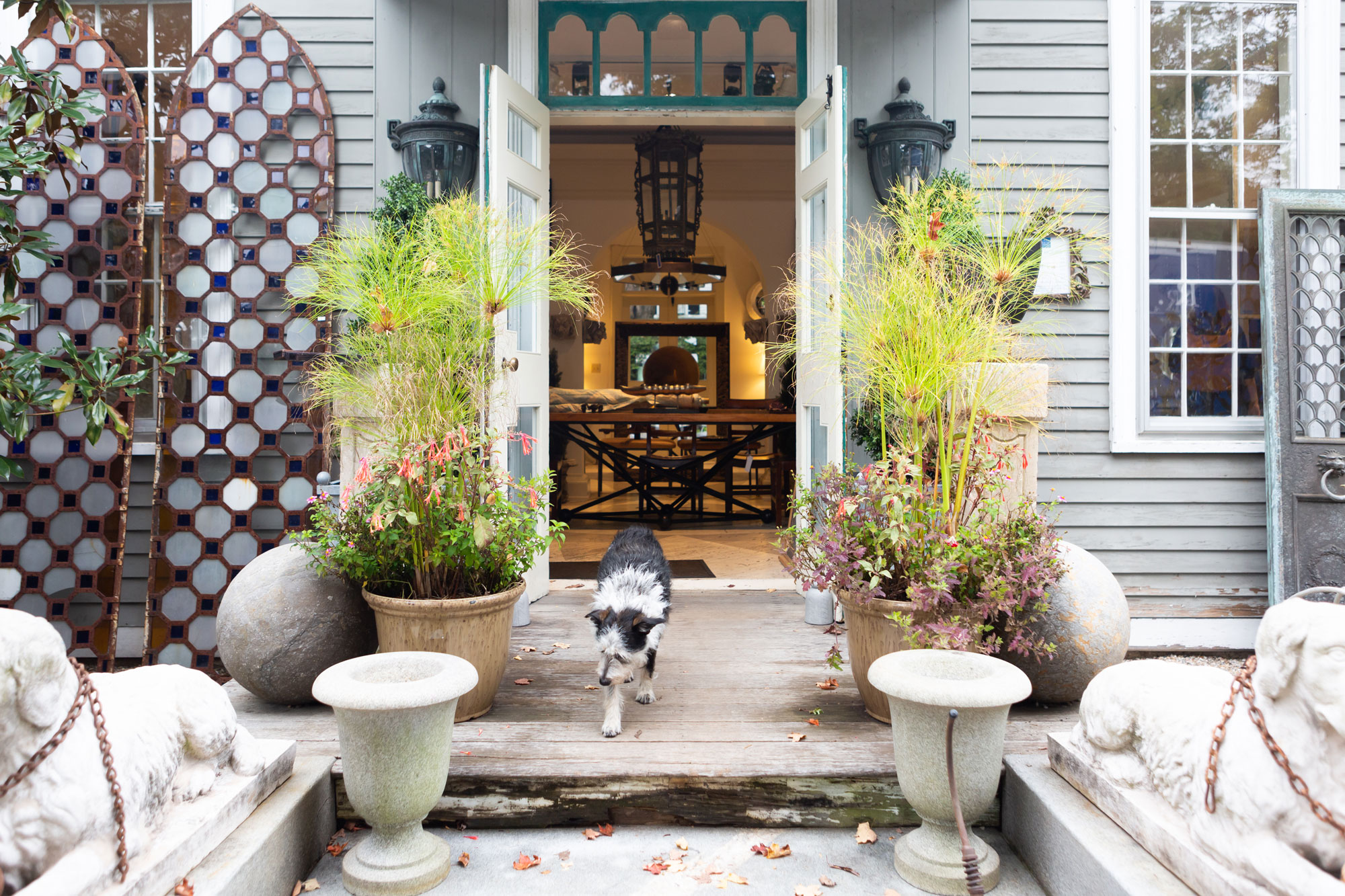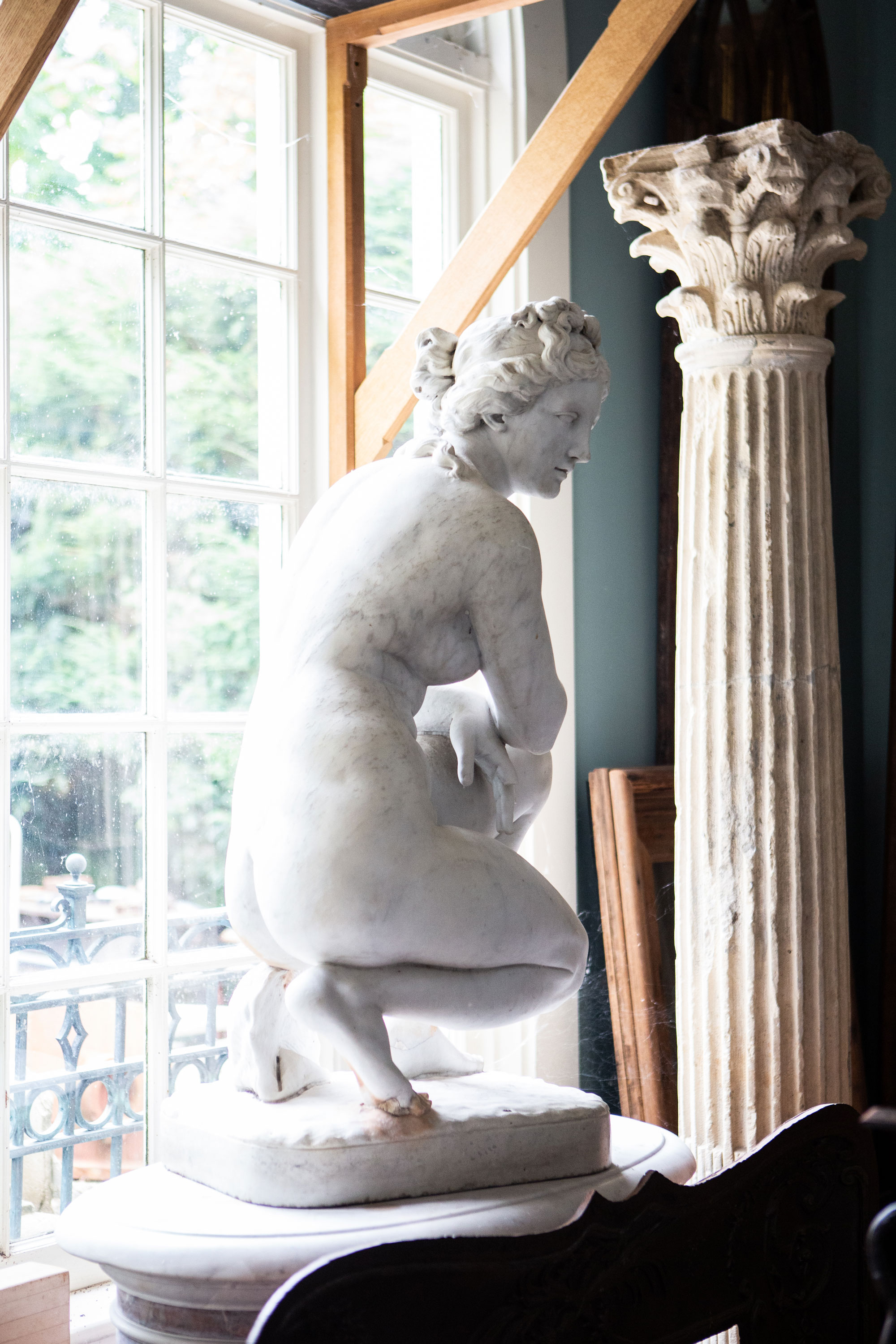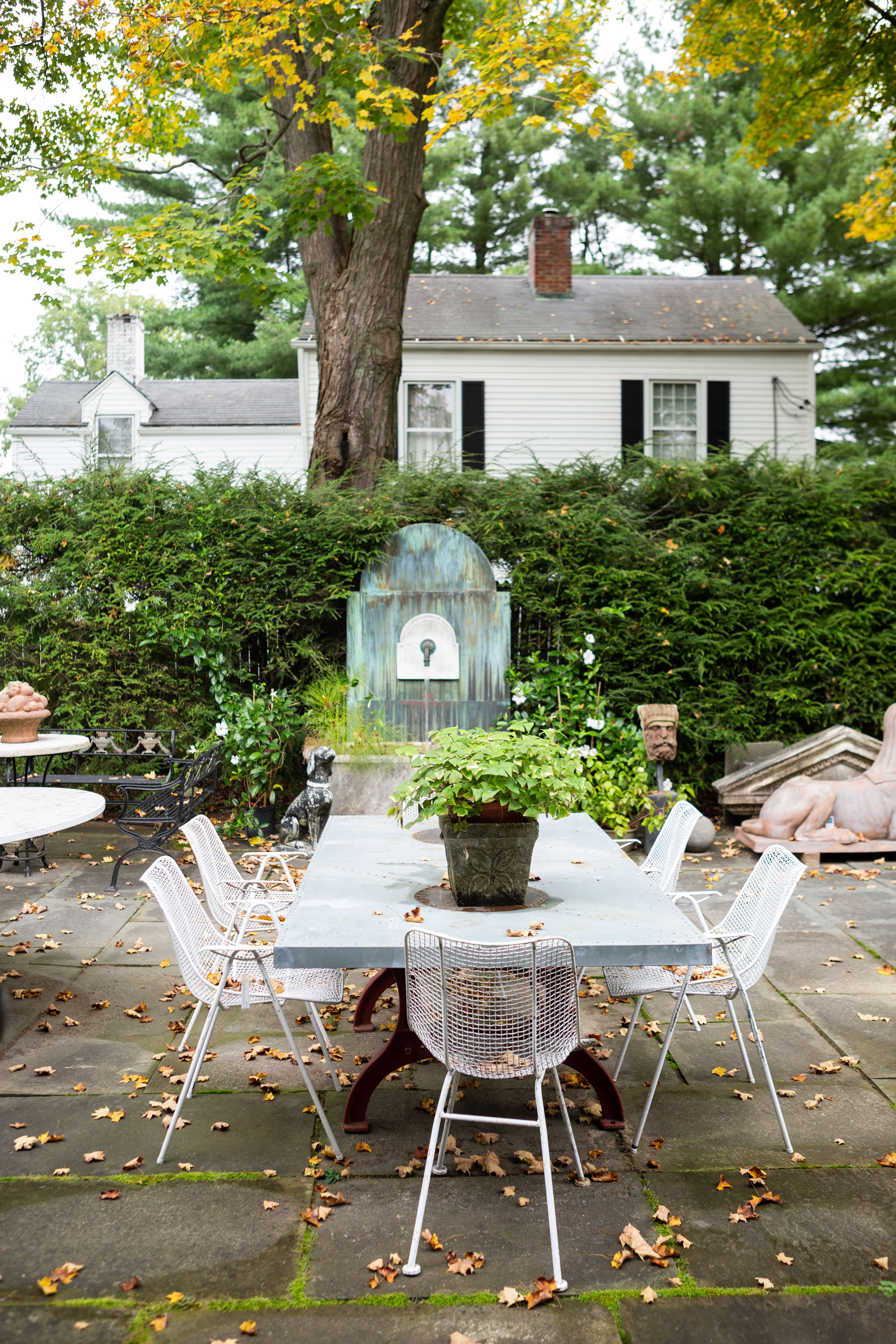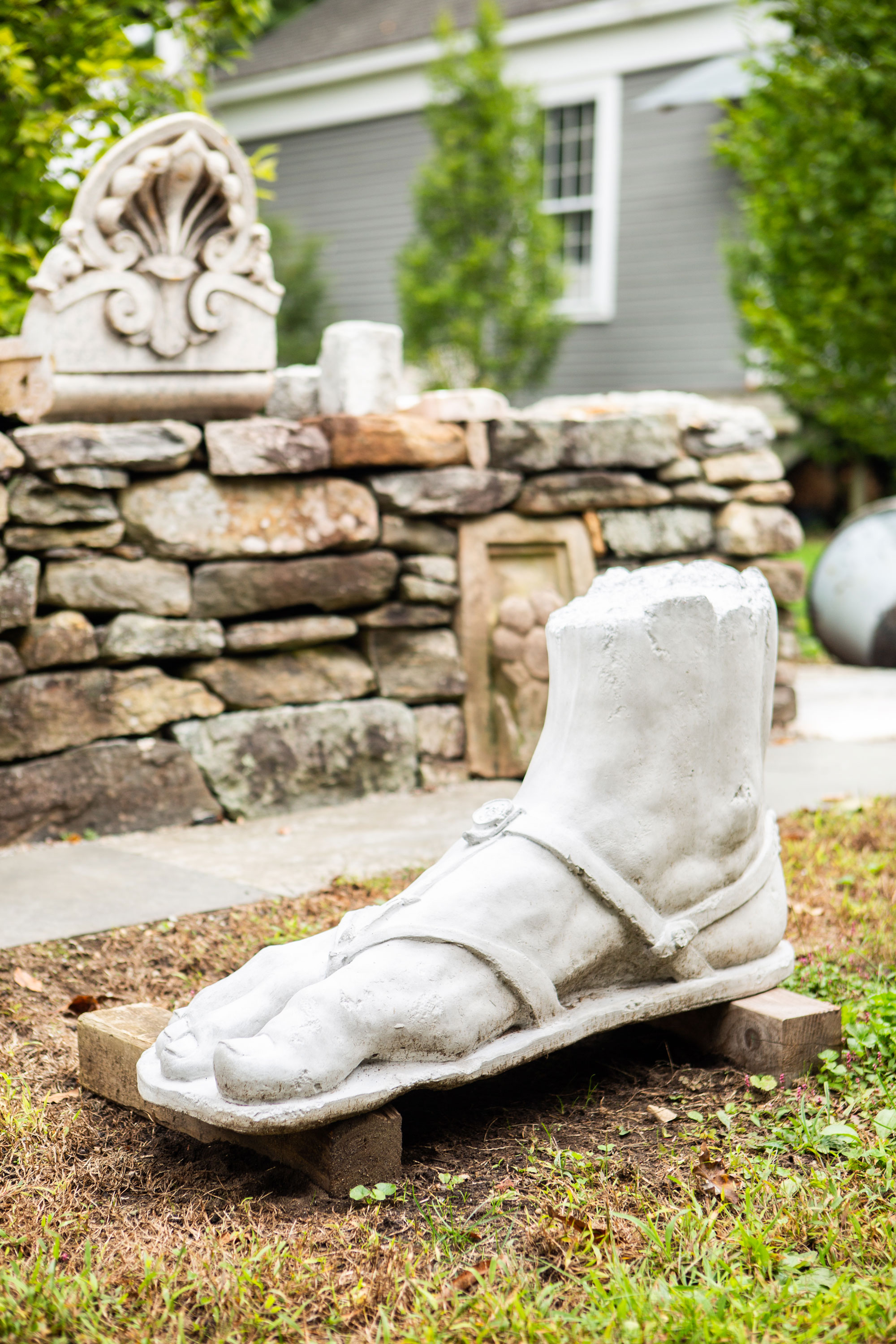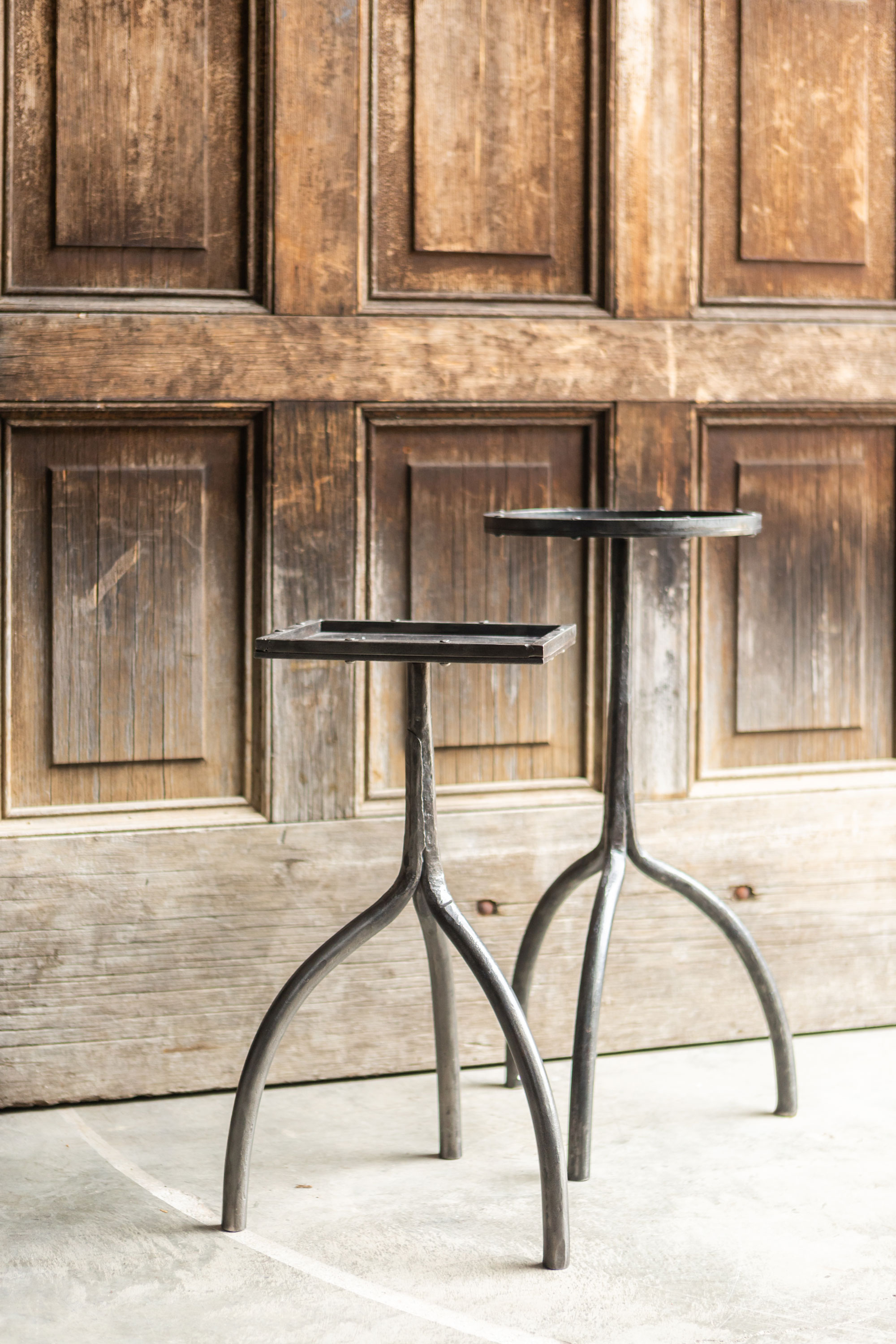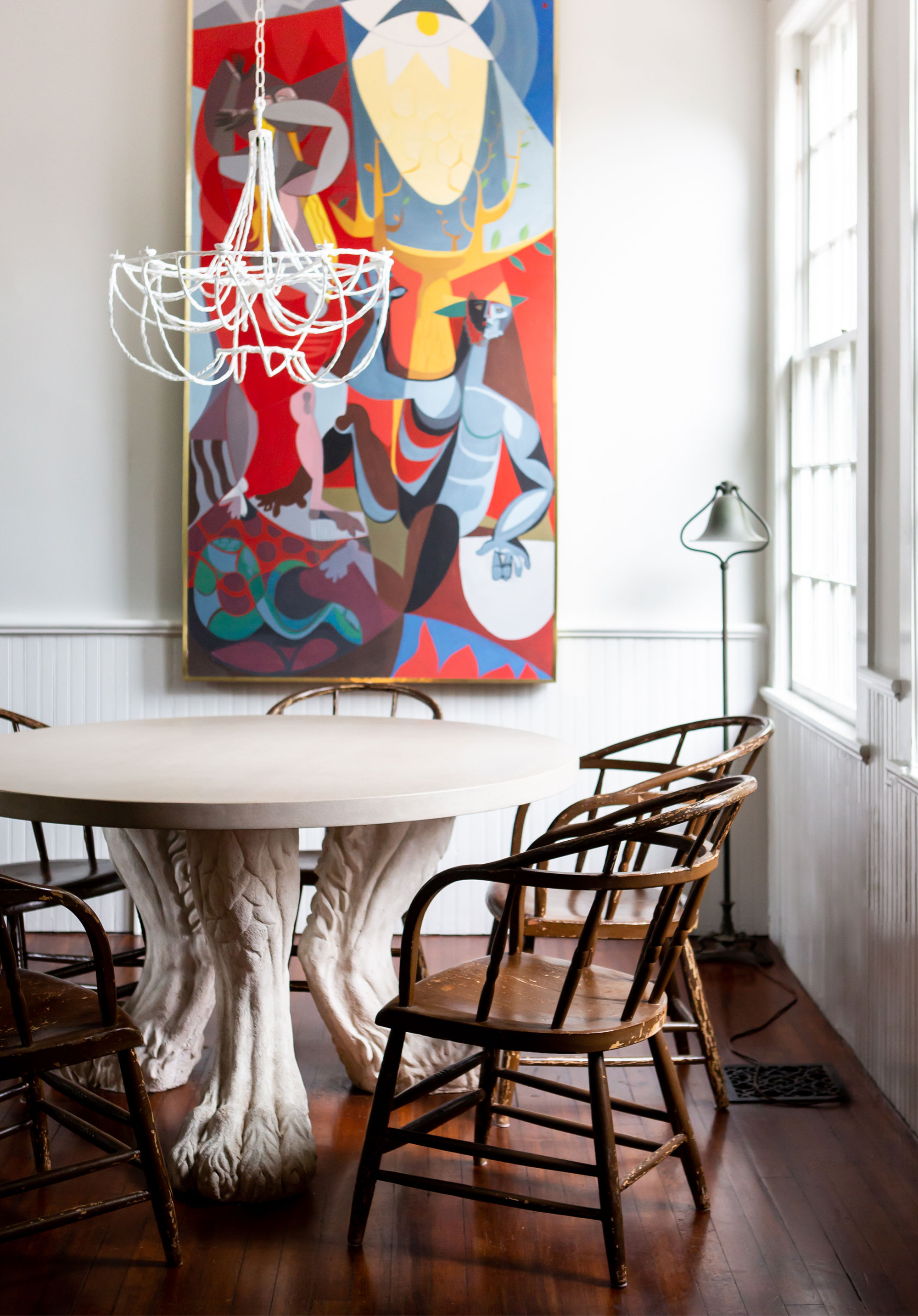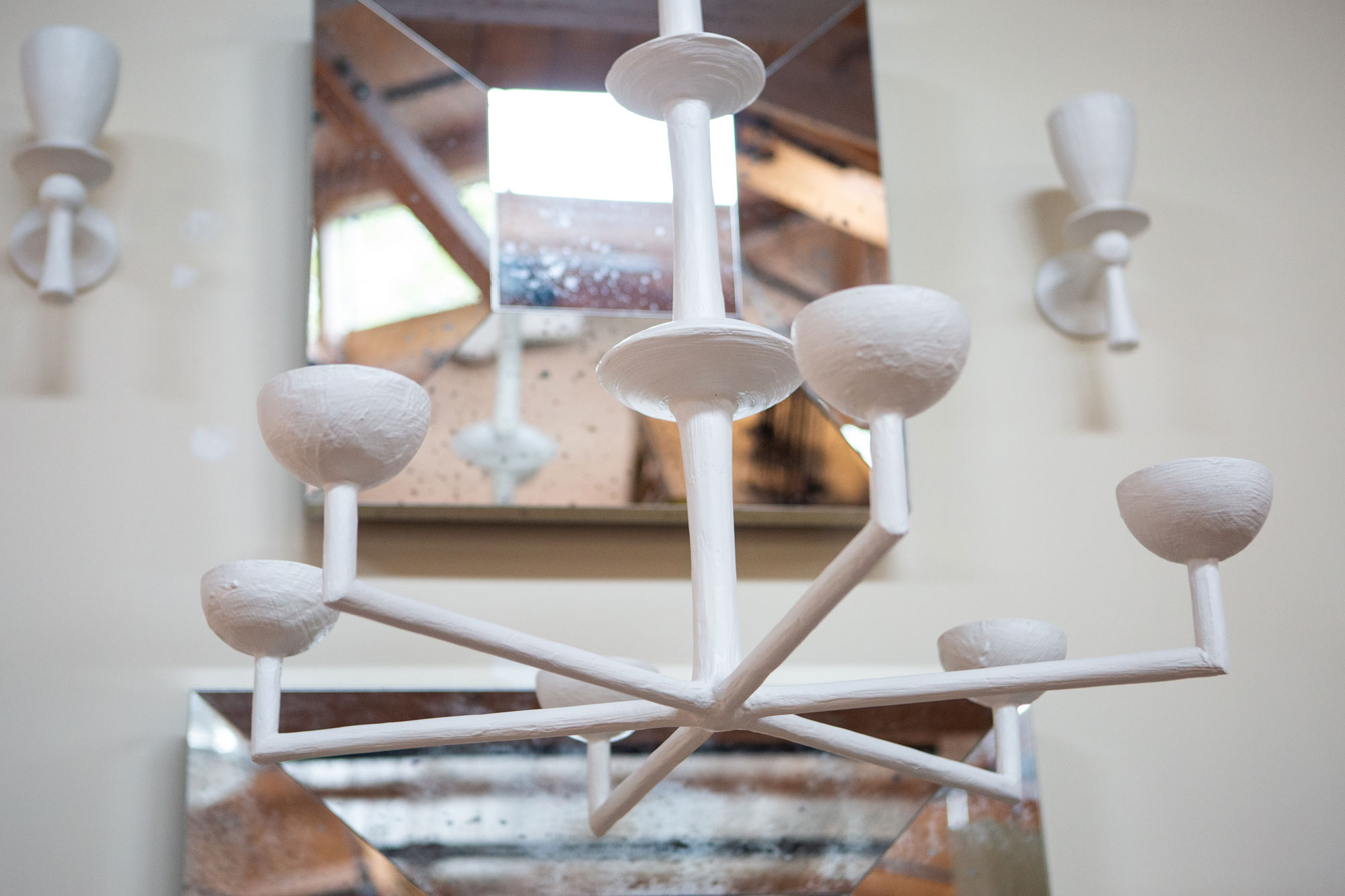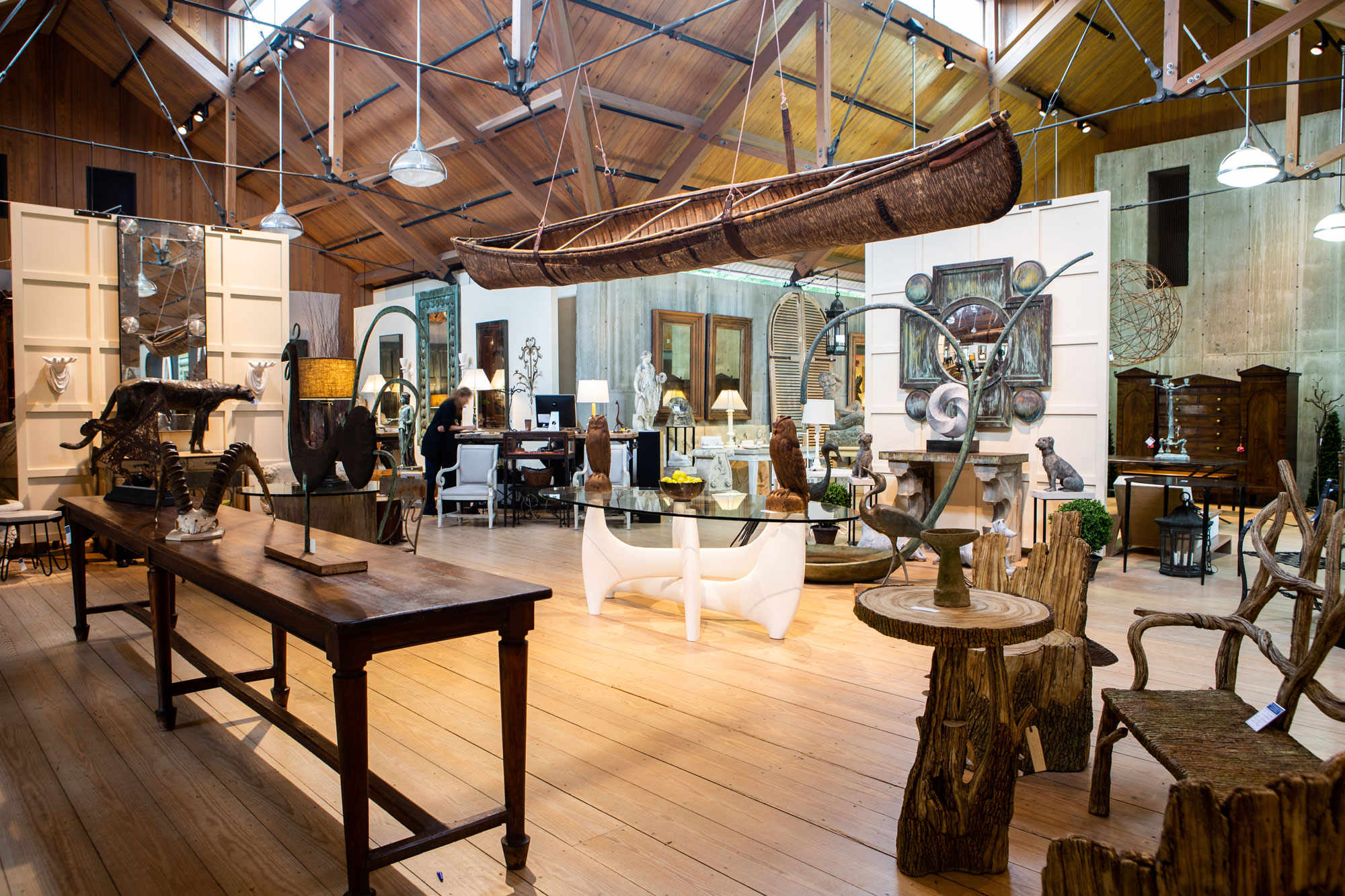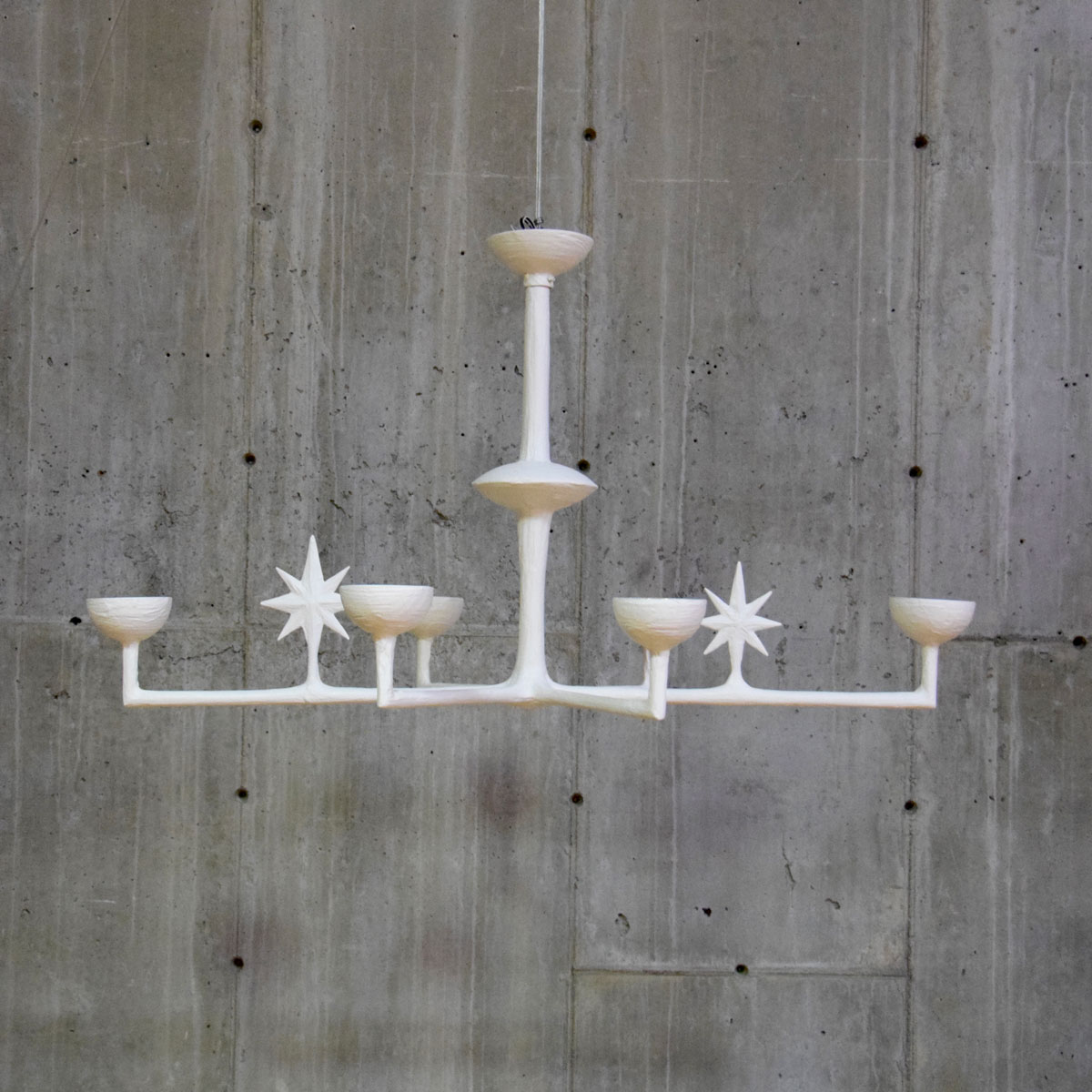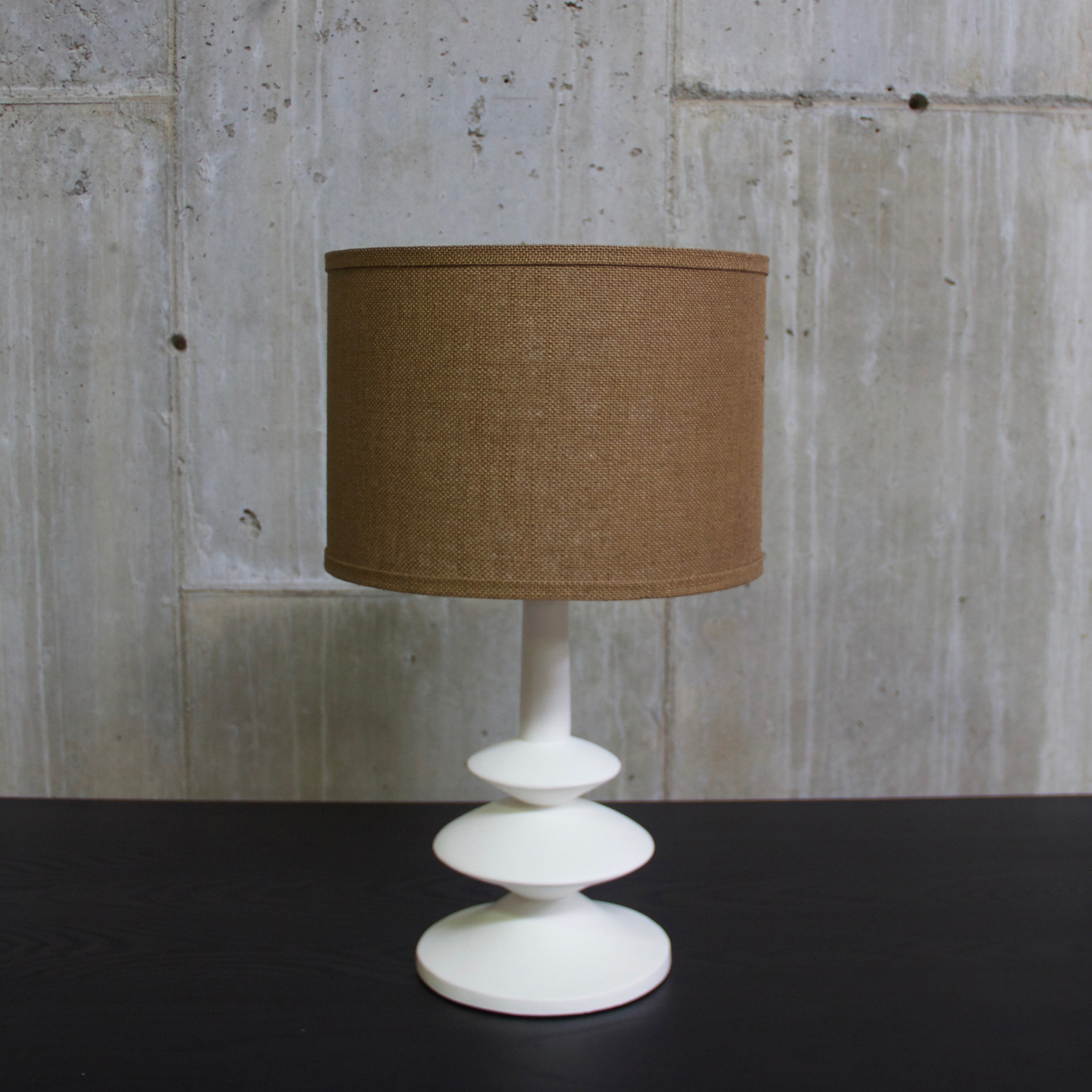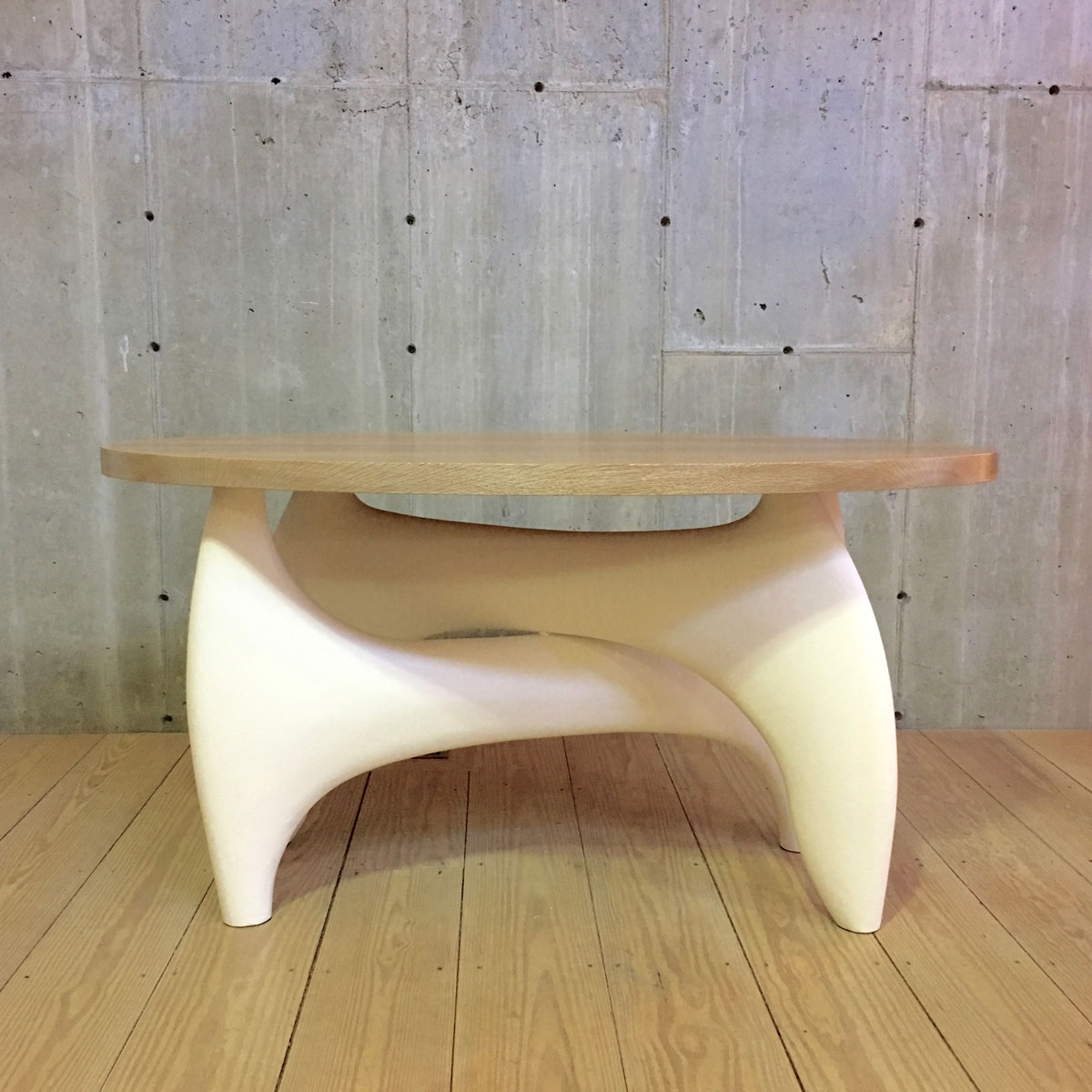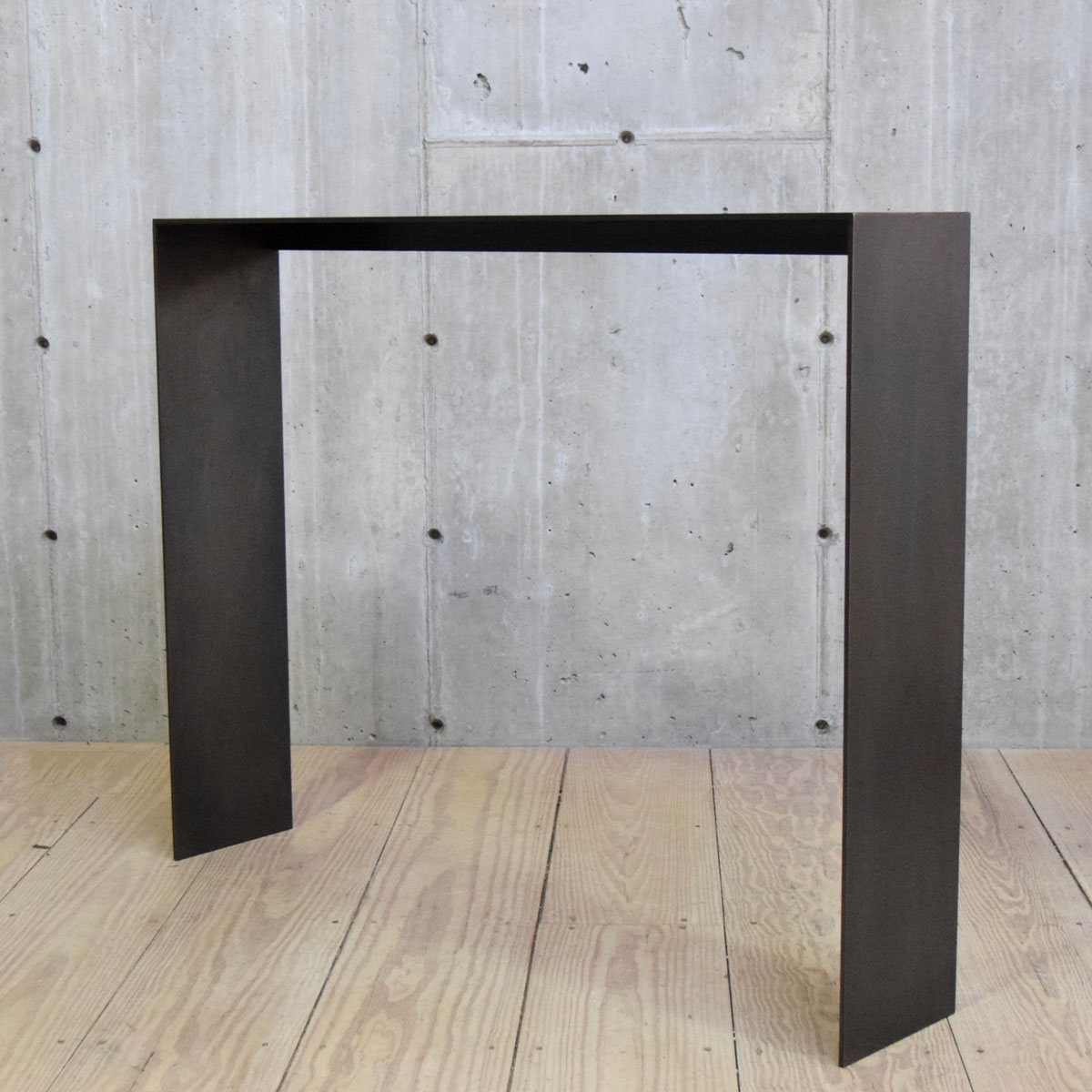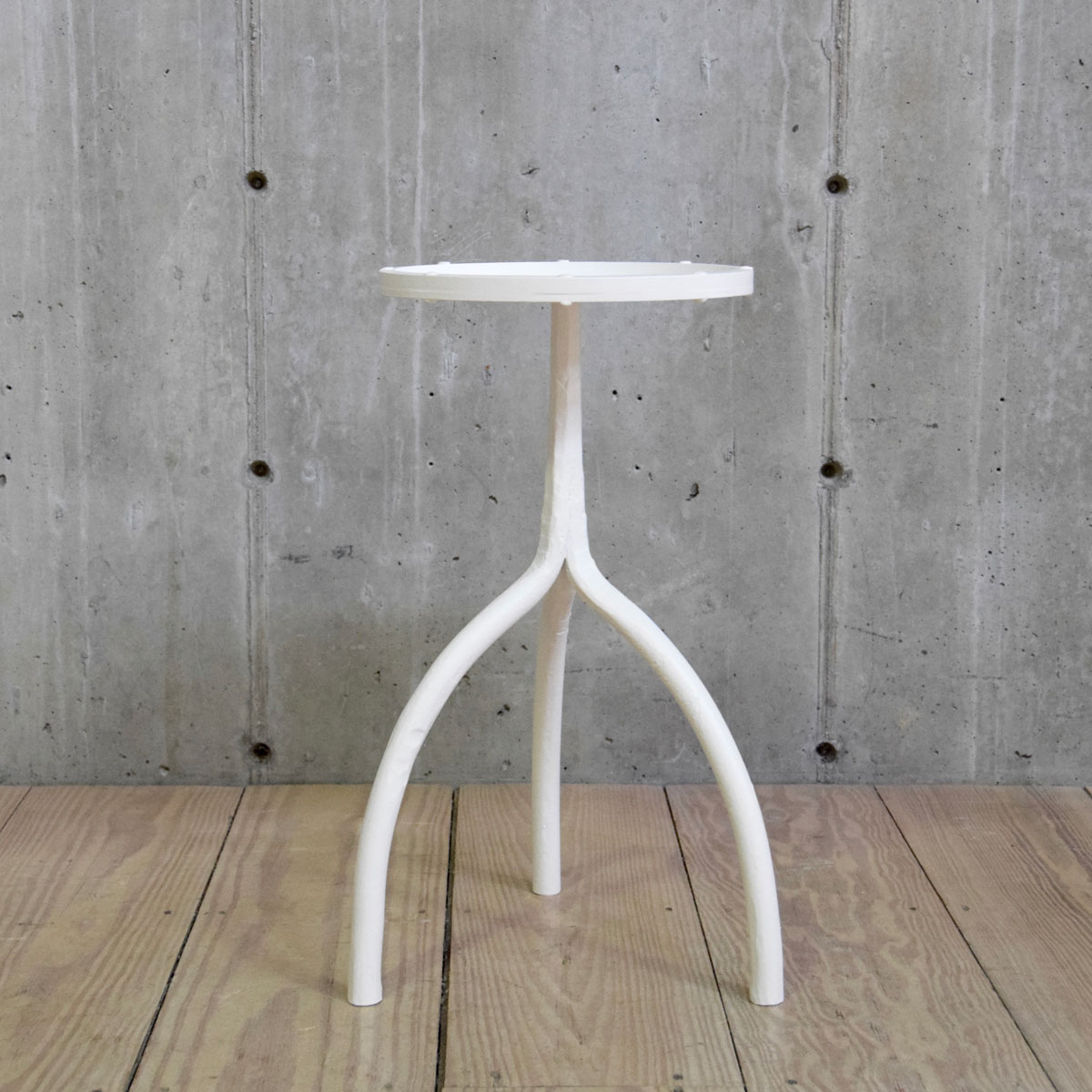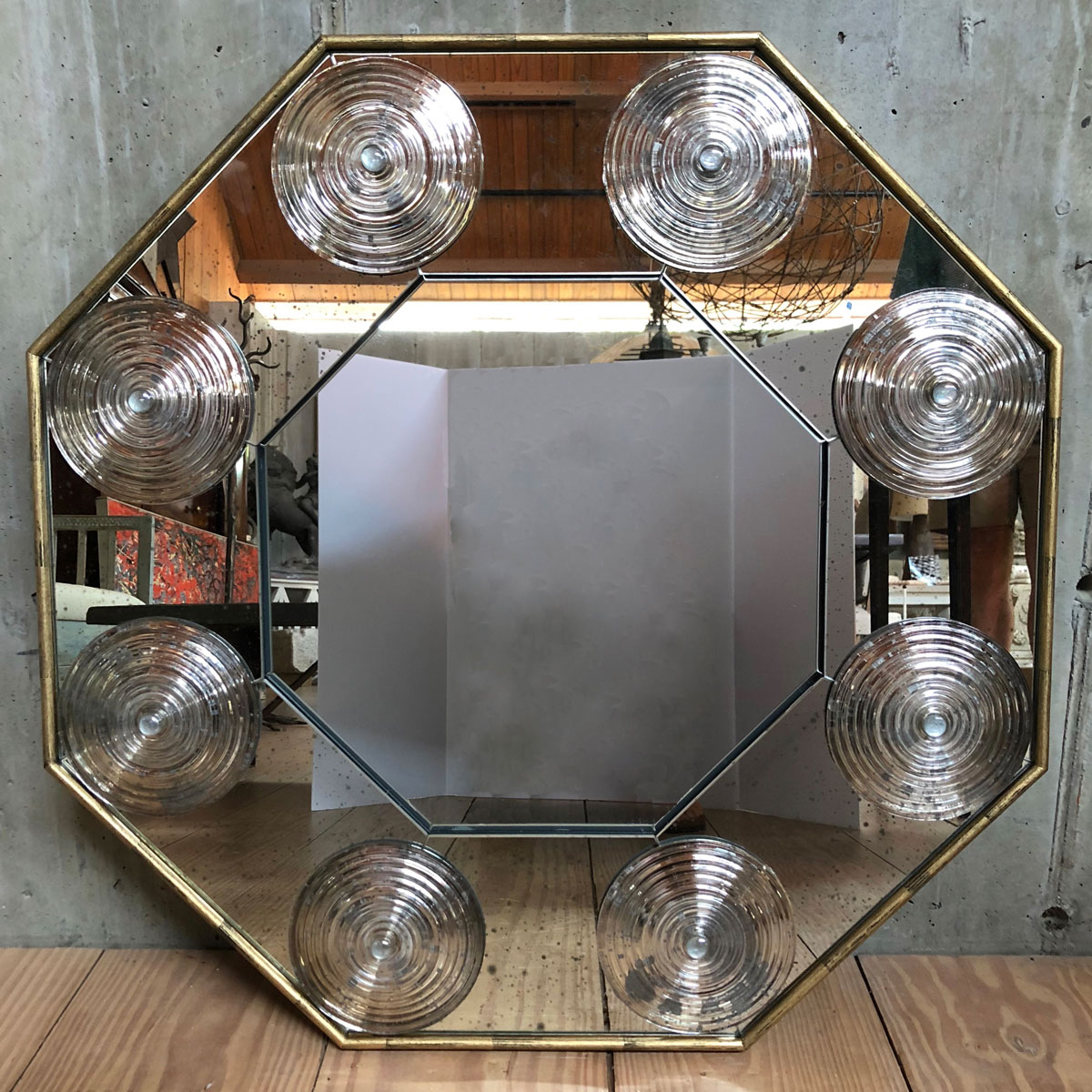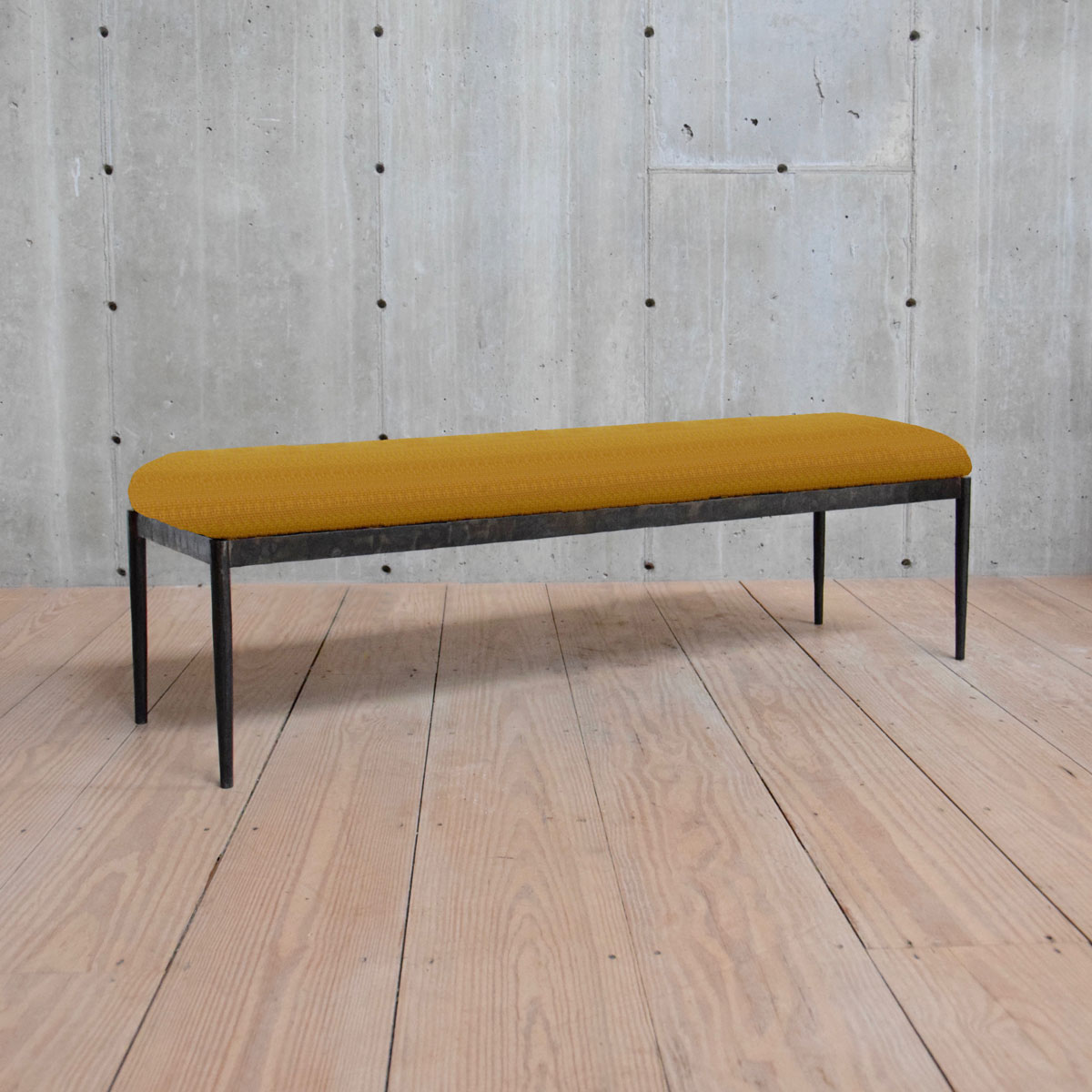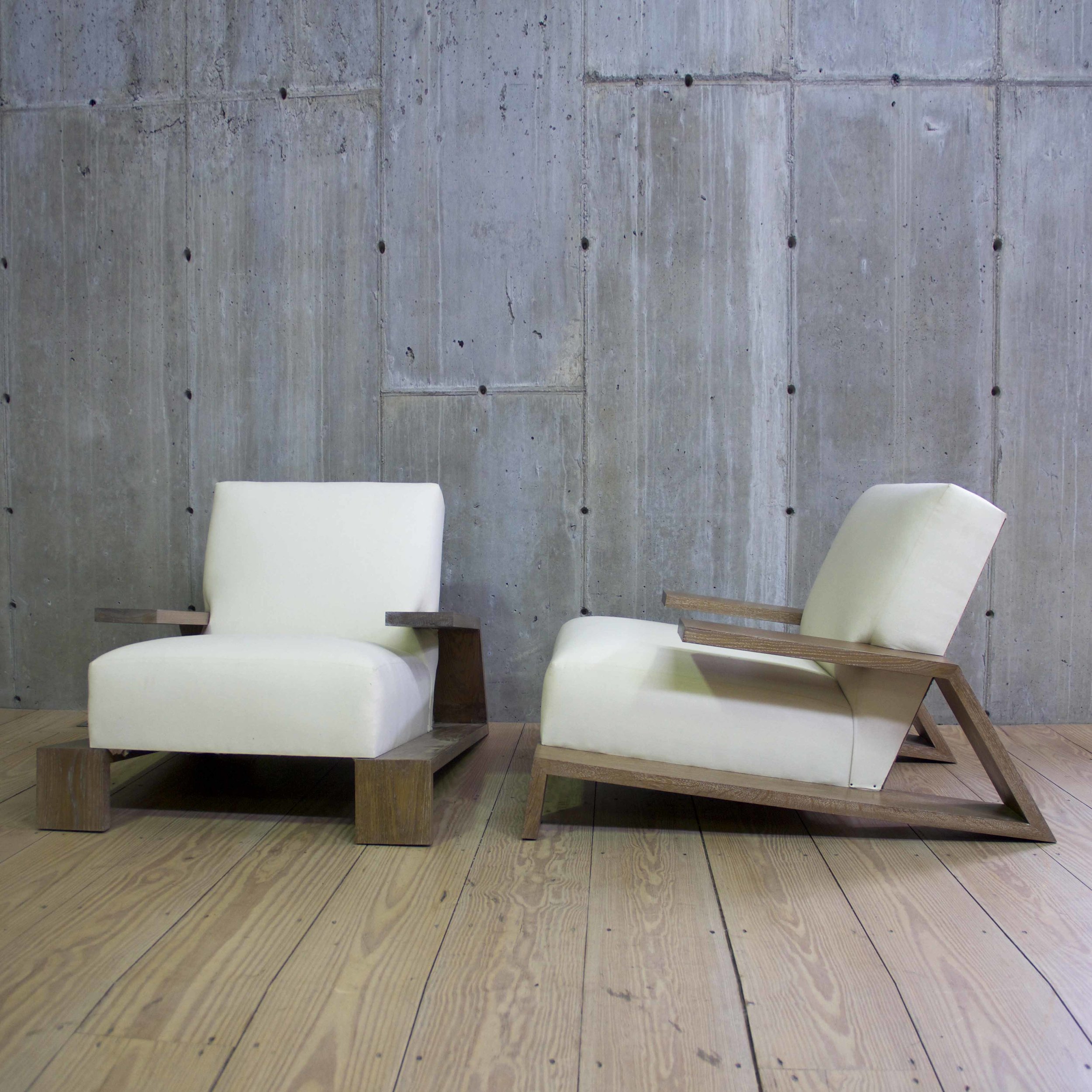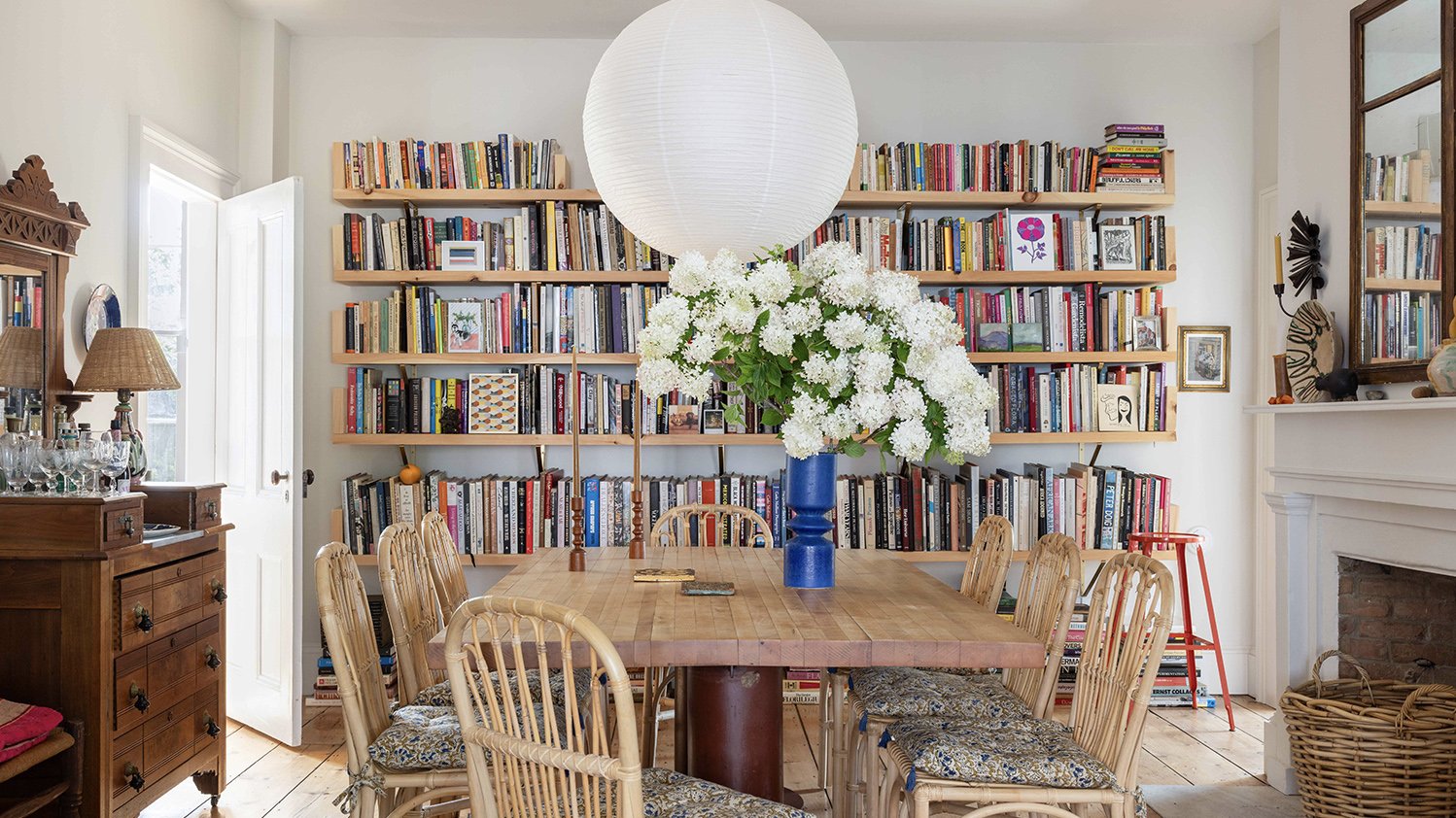RT Facts’ Connecticut Hometown

Written by S. Pajot | Photographed by Marta Xochilt Perez | Produced and Art Directed by Michelle Adams
Life in Litchfield County, Connecticut: “It’s idyllic,” says Natalie Randall, the cofounder of antiques and design firm RT Facts. “Our house is next to the town green. The farmers’ market is there every Saturday, and I walk over with my little basket to get what I don’t grow myself, because I do have a big vegetable garden. At our once-a-year agricultural fair, everybody brings their quirky vegetables, and they judge the tomatoes and who has the biggest eggs. It’s almost unbelievable how sweet our little village is.”
For the last 26 years, Natalie and her husband, Greg Randall, also an RT Facts cofounder, have lived in this quiet, picturesque northwestern corner of Connecticut. The couple met at Syracuse University (“I was studying fashion design,” Natalie recalls, “and he was studying sculpture, art history, and architecture”). After finishing school, they both landed in New York City, where she worked in the fashion industry as a knitwear designer, and he worked for a dealer on Madison Avenue selling high-end English furniture. Meanwhile, on weekends, they began selling antiques together.
The Randalls’ 209-year-old Litchfield County residence and grounds is like its own tiny hamlet within its tiny hamlet, Cornwall Village. “Our home was built as the Foreign Mission School, and the schoolhouse was a little building that’s still standing out back, which is now a church,” Natalie explains. “On our property, we have little buildings that were once the town hall and the library; now they’re little guest cottages.”
Greg and Natalie Randall outside their Litchfield County home.
“How did we find our things?” Natalie laughs. They scoured the classified ads. They sifted through thrift stores. They discovered discarded treasures on the city streets. “We started at the bottom and worked our way up,” she explains. “We were specializing in antique garden ornament, and we sold at the 26th Street flea markets.” In the beginning, it was just a hobby. “But we found that we had a following, and people started to come to us every week to see what we had, and they started asking where our showroom was. But we didn’t have one, so we were just showing things out of our apartment.”
The Randalls are a family of six: Natalie, Greg, their three kids, and Willa. “The interior designer Bunny Williams, she’s a friend of ours, and she has all of these scruffy little rescue dogs, and I said to her one day, ‘Oh, I love all of your dogs,’ and she said, ‘I’m going to find you a dog,’” Natalie says. “She actually sent me some tear sheets of scruffy little dogs, and that’s how we found Willa. She came up on a bus from Georgia. She’s our mascot. She comes to work with us every day.”
A typically irreverent RT Facts touch: Natalie and Greg’s little closet turned secret bar. “It’s pretty small, but it was really teeny before. We robbed space from a closet that was to the right of it,” Natalie explains. “We love to wildly mix things, so it’s got this old rustic wood-and-zinc bar sink, and then we’ve got these Deco shelves, along with all of these quirky things and an old bin that I gave iron feet to make it into a wastebasket. The door is usually closed. But when we have parties, we open it up. And it’s nice to have a bar in a closet when you’ve got kids, because you can lock it,” she laughs.
Soon enough, a showroom found them. “We were selling to so many people in the fashion industry, and a lot of them had houses in Litchfield County,” Natalie says. “We were eventually bringing so much up here that we decided this was our market. And one day, we were delivering a piece, actually, for Oscar de la Renta, and we saw that the old town hall was for sale in Kent.” They made an offer. The deal was done. And they set up shop as RT Facts.
These new headquarters needed serious work, though. “It had been years since the old town hall had been used. They had even already built a new town hall and moved in,” Natalie points out. “So we did a complete gut-and-renovate. We put in a kitchen and a proper meeting room. There had been a second floor that had burned, and there was no access to the attic, but we opened it up and put a staircase in.” The Randalls also went hunting for era-appropriate reclaimed materials for the project. “We actually bought the salvage rights to a building—the chancellor’s house at Villanova University—that was coming down. And we took the doors and windows and moldings out of it, and we used them in our renovation, because the town hall had been stripped of everything in the ’50s, and it had linoleum floors and acoustical ceilings. We just gave it the integrity that we thought it deserved.”
Though many of RT Facts’ antique finds seem very old-world, “we find everything here,” Natalie says. “We do a little bit of rooting around. But we don’t go very far. People always assume we go to Europe. We don’t. So much has made its way to the US over the decades; there’s already a lot of beautiful European things here.”
Over the next two-and-a-half decades, the old town hall served as RT Facts’ only home, where the Randalls’ treasured antique finds were stashed, and where they also began to manufacture their own original pieces. “We are both designers by trade, so we started to design new things and made them to go with the old pieces,” Natalie says. “Now the business is about 50/50 pieces that we make and antiques. We have customers who buy both the old and the new. We have customers that just come to us for old pieces. We also have customers who only buy the new things.”
As RT Facts evolved, it eventually became necessary to expand. “We just needed more space,” Natalie points out. So in 2016, the Randalls chose a 7,000-square-foot former art gallery, also in Kent (and just a four-minute walk from their still-operating original town-hall location), for the business’s second home and showroom. “We can spread out over there. There are 20-foot ceilings. It makes for a space where you can envision how the pieces would look in your house,” she says. “In the town hall, we were bursting at the seams, especially since our line of furniture had been growing. We wanted to have floor models of all of our pieces on display.”
When you’re selling antiques, you sell the thing, and then it’s gone. A lot of beautiful and unusual things have passed through our hands over the years.
The Randalls make their own home in Litchfield County, too. For the last 10 years, Natalie, Greg, their three children, “and now, Willa, our scruffy little rescue dog,” have resided in the tiny hamlet of Cornwall Village in a 209-year-old building that was originally constructed for the Foreign Mission School. “It was a Christian integration experiment,” Natalie explains. “They brought students, all boys, from all over the world. They had Asian, Native American, Inuit, Hawaiian, some European kids, and they were teaching them to be missionaries.” After the school shuttered, a failure, in 1826, the building became a summer home that eventually passed into the family of Theodore Dwight Woolsey, the president of Yale College from 1846 to 1871 and a distant cousin of the Foreign Mission School’s first principal, Edwin Welles Dwight.
“The house had been in that same family for 150 years, and then it suddenly came on the market,” Natalie says. “So I went to see it, and I fell in love, and I told Greg, ‘We have to buy this place.’” But he wasn’t looking for another enormous restoration project. “It was really let-go. It was in very bad shape. And he said, ‘Absolutely not.’”
“Our aesthetic with RT Facts is rooted in history, integrity, and personality,” Natalie says. “We mix antiques in the showroom with our contemporary pieces, and that’s about showing how to find your own honest, individual way of mixing the old things that you love with the new things that you love.”
Eventually, Greg relented. “But it was another complete gut-and-renovate. New roof, new walls, all new plaster, new heating system, new floor, everything you can imagine. All of the doors, baseboards, and molding had coats and coats and coats of paint on them, and we took them down to the original milk paint,” she explains. “In the sunroom, we took all of those window panels out and had them stripped and reglazed because I really wanted to keep the old wavy glass.
“We just tried to take it back to a much more original state than when we bought it. And again, it was about giving a place the integrity that we thought it deserved,” Natalie says. “We did an incredible amount of work. But we tried to make it look like we did nothing.”


